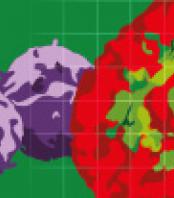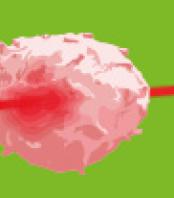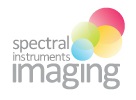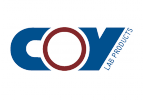Amaranth (Amaranthus hypochondriacus L.) is an emergingpseudocereal native to the New World that has garnered increased attention in recent years because of its nutritional quality, in particular its seed protein and more specifically its high levels of the essential amino acid lysine. It belongs to the Amaranthaceae family, is an ancient paleopolyploid that shows disomic inheritance (2n = 32), and has an estimated genome size of 466 Mb. Here we present a high-quality draft genome sequence of the grain amaranth. The genome assembly consisted of 377 Mb in 3518 scaffolds with an N50 of 371 kb.
Repetitive element analysis predicted that 48% of the genome is comprised of repeat sequences, of which Copia-like elements were the most commonly classified retrotransposon. A de novo transcriptome consisting of 66,370 contigs was assembled from eight different amaranth tissue and abiotic stress libraries. Annotation of the genome identified 23,059 protein-coding genes. Seven grain amaranths (A. hypochondriacus, A. caudatus, and A. cruentus) and their putative progenitor (A. hybridus) were resequenced.
A single nucleotide polymorphism (SNP) phylogeny supported the classification of A. hybridus as the progenitor species of the grain amaranths. Lastly, we generated a de novo physical map for A. hypochondriacus using the BioNano Genomics’ Genome Mapping platform. The physical map spanned 340 Mb and a hybrid assembly using the BioNano physical maps nearly doubled the N50 of the assembly to 697 kb. Moreover, we analyzed synteny between amaranth and sugar beet (Beta vulgaris L.) and estimated, using Ks analysis, the age of the most recent polyploidization event in amaranth.
Read more






































